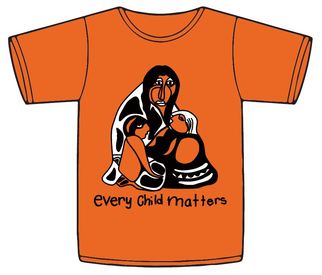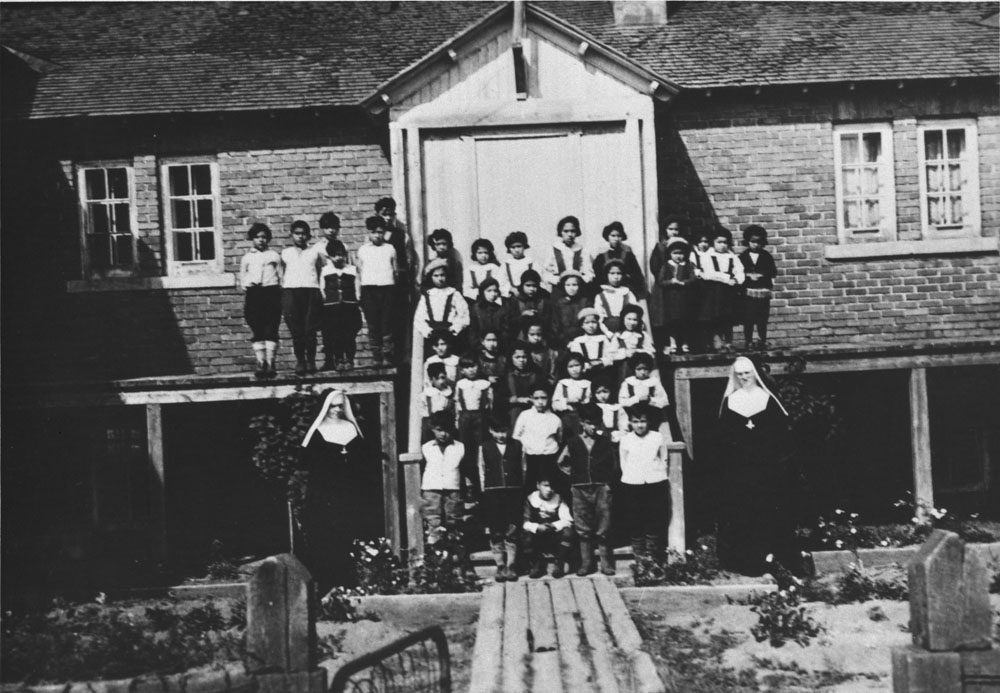Indigenous approaches to healing have survived and evolved into the present day as alternative practices and knowledge systems. Once dismissed, these “traditional” (I use the word self-consciously, because “traditional” here does not mean some fossilized structure from the past, but a dynamic continuation to the present) systems and practices are now being reconsidered. I’ve collected a few articles on the topic.
This is an expansive and rather complex area connected to my research. I may be unable to delve too deeply into it, though medicine system comparison research (e.g., traditional First Nations, Chinese, Indian, African, modern biomedical) may present an interesting topic for another student of this or other classes (i.e., tertiary students would benefit from this).
Articles:
“Traditional indigenous approaches to healing and the modern welfare of traditional knowledge, spirituality and lands: A critical reflection on practices and policies taken from the Canadian Indigenous example:” https://ir.lib.uwo.ca/cgi/viewcontent.cgi?article=1042&context=iipj
In this article, the authors researched the addiction rehabilitation practices of an indigenous community centre. What they found is that Indigenous and “western therapy” approaches are interwoven. This has interesting implications for the future integration of disparate knowledge systems: https://deepblue.lib.umich.edu/bitstream/handle/2027.42/117057/ajcp9373.pdf?sequence=1&isAllowed=y

